Twenty Things to Know about #DHIB2017
DHIB 2017 (@DHIBeirut, dhibeirut.wordpress.com) is a moment in my career that I will look back on fondly.
I have made a list of twenty things to know about the event that took place in Beirut 10-12 March 2017, ten that I think others will be interested in, and ten personal ones.
- It was not the first successful international digital humanities event that has taken place in the Arab region. It was the second.
- It represents the convergence of two different Andrew J. Mellon Foundation funded initiatives: the Center for Arts and Humanities at AUB and the AMICAL consortium.
- Countries represented at DHIB 2017 were Egypt, UAE, Lebanon, Ghana, Kyrgyzstan, Pakistan, France, Switzerland, Greece, Germany and Italy. These are the countries of the institutions represented. There were more nationalities present.
- It was the first time, to my knowledge, that instructors working in the Arab world–North Lebanon (Balamand), Beirut (AUB), Cairo (AUC)—taught DH topics together in the same venue.
- The participants included local universities, research centers and institutes, as well as digital humanities specialists from international organizations: IFPO, OIB and DiXiT, international libraries (Halle) and DH groups (Bard).
- Instructors included librarians, full-time and part-time faculty, IT and an English major.
- Participants included librarians, full-time faculty, IT, graduate and undergraduates.
- The digital humanities conversation has piqued the interest of the Centers for Teaching and Learning in the region and beyond.
- The courses on offer represented a spectrum of topics important to our local “big tent”: Drupal, mapping, 3d, sound, Arabic OCR, Sustainable Text Workflows, Omeka, game design, digital pedagogy, digital editing, etc.
- We were able to offer the Institute at no cost to the participants.
Ten reasons that I loved the 2017 edition of DHIB 2017:
- I witnessed my fellow faculty, instructional designers and students make DH their own.
- The mother of an undergraduate student of mine took my workshop to find out what he has been talking about all this time.
- My keynote was live streamed and notes for several courses are available online.
- I listened to our second keynote speaker Ghassan Mourad, author of the first book about DH in Arabic, speak in Arabic about named entity extraction in Arabic.
- We have the best (multi-script) logo of any of the DH events I have attended (designed by @kyraneth). Available here with a CC BY-NC-SA 4.0 International license.
- One of the participants in my mapping workshop grasped the idea of the experimental nature of the DH projectvery quickly. He went looking for data, dug into my professional website and made a map of my recent professional engagements.
- Both the Office of Information Technology and the Library at AUB were actively engaged in the Institute.
- The lightning talks were effervescent: bubbling over with practical ideas, obvious cross-institutional partnerships and feasible projects.
- Our closing session was held “en plein air” on the 2nd floor balcony of Fisk Hall, one of the heritage buildings on AUB’s green oval. I was very pleased with the engagement of the participants.
- I learned so much from others.
General information on DHIB and DH at AUB : We began with informal events in 2011 that brought together the departments of English and Computer Science at AUB, with the support of some key people on campus who believed in the endeavor. In 2015 we hosted the first DHIB (documents about that event are archived here). We became part of the Digital Humanities International Training Network in 2015. Other DH institutes have received participants from our institution: Oxford, Leipzig, Victoria.
Articles written about DHIB 2017:
AUB Faculty of Arts and Sciences
Digital Humanities Institute Beirut 2017 – a Review






